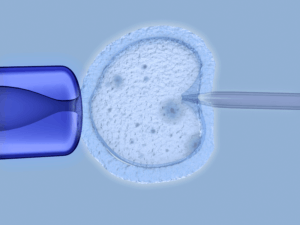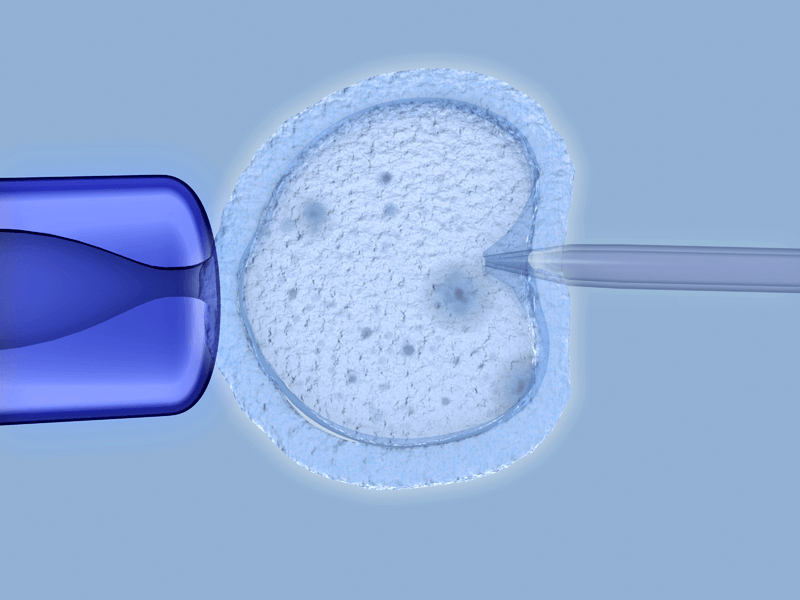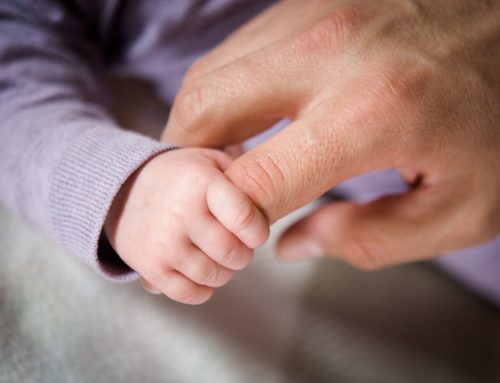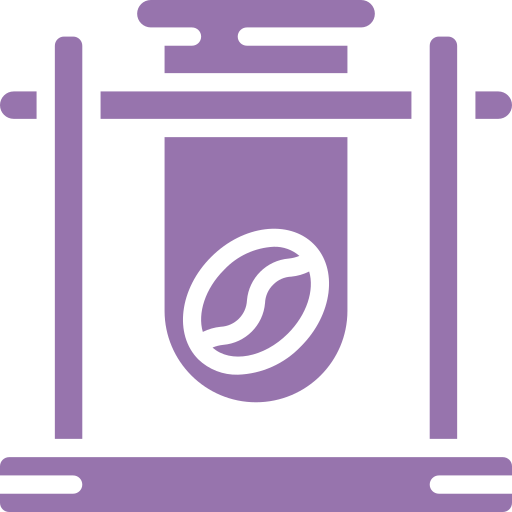The Ovulation Calculator Method You Use Will Depend On Your Comfort With Each Method

The question really is how do you time it so the sperm is in place at the time the egg is being released. In other words, how do you time ovulation? There are several ovulation calculator methods that can help answer that question.
One of the first thing to think about when figuring out when do you ovulate is “when was your last period?” The second question is “how long is your average cycle?” Most women have a 5-6 day window in which they have the potential for getting pregnant, this window starts at the fifth day before ovulation and ends at the day after.
You have the best chance of getting pregnant if you have sex at least three times during that period of time. Every other day is usually sufficient, and often the most people with young children or crazy schedules can manage. If you’re tracking for an insemination, the closer you can get to the actual day the egg is released, the better chance you have of the sperm being in the right place at the right time.
Now the question is, exactly how do you predict your most fertile days? The easiest way to start is to start charting your menstrual cycle for a couple of months so you can determine the length of your average cycle. If you use a phone app to predict your cycle you will already have this information. If you don’t already use an app, one you might want to consider is Fertility Friend Mobile: https://www.fertilityfriend.com. It not only tracks your period but also the days you are most likely to be fertile but also gives you a lot of other fertility information. The app is free and available for both iPhone and Android.
Once you know approximately when your next period is going to be and how many days are in your cycle, you can go online to use a free ovulation calculator. One of the easiest ones to use is: https://www.babycenter.com/ovulation-calculator. If you don’t want to go online you can get the same results using a regular calendar. To estimate when you’ll ovulate, count back 14 days from when you expect your next period. Your fertile window includes the day you ovulate and the preceding five days.
So, for example, if day 1 is the first day of your period and day 28 is the day before you expect your next period, you’d be fertile on days 10 through 15. Keep in mind that ovulation happens exactly 14 days before menstruation only 10% of the time so this window is just an estimate. The day of ovulation can vary from seven to 19 days before menstruation among women with 28-day cycles. This method works best if you have regular periods but, as you can see, isn’t the best fertility calculator.
One step up from the straight ovulation calendar is charting your basal body temperature to set up your ovulation calendar to get pregnant. Your Basal Body Temperature (BBT) is your temperature first thing in the morning. Just after you ovulate, it rises slightly, less than a degree, and stays higher until your period starts.
If you record your temperature every day using a specially designed BBT thermometer, you can spot the subtle changes that mean one of your ovaries has released an egg. BBT thermometers are available at all drug stores or pharmacy departments and are more sensitive than standard thermometers. They show temperature changes down to a fraction of a degree.
In order for BBT thermometers to work properly, you have to take your temperature every morning before getting out of bed. Since you are looking for a very slight change, the act of getting up and moving around can throw your body off just enough that you can miss that slight change. The ideal time to plan intercourse is the first day your temperature spikes and then for the next two days after. By the third day the chances aren’t good anymore.
The hormones that control your menstrual cycle also affect the cervical mucus. Right before, and during, ovulation, the amount, color, and texture of the cervical mucus changes to facilitate pregnancy. A few days before ovulation, the mucus may be sticky and cloudy or whitish. Right before ovulation the mucus gets slippery, like egg whites. It may stretch across your fingers if you spread them apart.
This stage usually lasts 3 or 4 days, which is when you’re most likely to get pregnant because this sticky mucus helps the sperm get up to the egg. You can check your cervical mucus by using your finger or a tissue to pull some mucus from the opening of your vagina so you can check the consistency. Do this several times a day and chart it along with your BBT. The consistency of the mucus can be changed by breastfeeding or using douches or other hygiene products so you will need to stay away from them if you want to use this method to find your most fertile days.
Ovulation predictor kits are more accurate at pinpointing your most fertile days. These kits are meant to be used during the ovulation window you found by using either an ovulation calculator or ovulation calendar. The kits are designed to be used during the ovulation window to narrow down the two days leading to ovulation. This is the optimal time for intercourse or insemination.
There are two different kinds of kits, urine based kits and salivary ferning kits. Both types of kits are sold online and in stores with pharmacy sections, usually near the pregnancy tests. The urine based kits test your urine for an increase in luteinizing hormone (LH), which usually happens about 36 hours before ovulation.
Now there is always a small amount of LH present in your blood and urine, however the level will go up to about 2–5 times that amount in the days before ovulation. A test stick usually shows a positive result about 24–36 hours before the egg is released, this is the optimal time to have sex, or be inseminated.
The salivary ferning kits show changes in your saliva that use estrogen levels to help predict ovulation. When your estrogen levels rise in the days before ovulation, the salt content of your saliva increases. When you put a drop of saliva on a glass slide, the salt should dry and crystallize into a fern-like pattern that, hopefully, can be seen with a pocket-size portable microscope or any other microscope you have access to. The ferning pattern should indicate that you’ll ovulate in the next few days (though you may continue to see a ferning pattern up to two days after ovulation).
If you are taking fertility drugs, like Clomid®, the ferning tests aren’t very accurate as they can start ferning any day in your cycle. Fertility drugs, especially those containing human chorionic gonadotropin (hCG) or LH, can throw off both type of test. If you are on any of these drugs and trying to work out a fertility calculator, you should talk to your doctor about how accurate these test will be. These test are also not accurate for women nearing menopause or women with polycystic ovarian syndrome because their hormones are already not reading at normal levels.
As you can see, there are a number of ways to calculate your most fertile days. The costs vary but none of these ovulation calculator methods are extremely expensive. Once you’ve narrowed down your fertility window to a couple of days, using an ovulation calendar, the method you use will depend more on your comfort level with each method than anything else. If used correctly, they will all get you to that magic set of your most fertile days.























